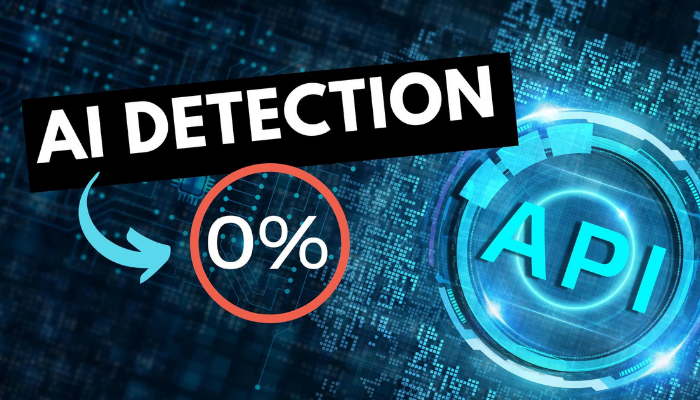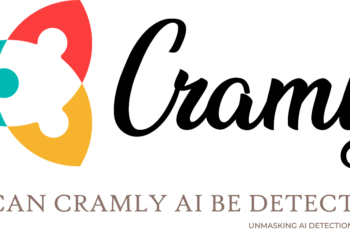Learn about What Are the Best AI Detectors. Discover the best AI detectors that help identify AI-generated content, prevent fraud, detect phishing, and ensure academic integrity.
Introduction
AI detectors are programs or algorithms designed to identify and analyze the contents created through artificial intelligence systems. The detectors may tell that a specific text is written by an AI source, like that of ChatGPT, or is a product of human creativity. They are extensively used in academic, corporate, and publishing sectors to validate content originality and unethical conduct.
AI detectors analyze linguistic patterns, syntax, and content coherence, often comparing them against databases of known AI-generated styles. They help with student integrity by safeguarding against plagiarism and regulating AI use. Such tools evolve in sophistication as their artificial intelligence technology improves, helping users variedly address ethical and practical challenges posed by generated content.
Applications of AI Detectors
1. Fraud Prevention
AI detectors fulfill a significant role in identifying anomalies in transactions or communications to catch fraud. They work hand in glove with the businesses to detect different types of fraudulent activities, e.g., financial scams and identity theft. Ensuring that irregularities are caught within time segments implies that security in operations is intact and sensitive information secure; hence, AI detectors are priceless to the risk management process.
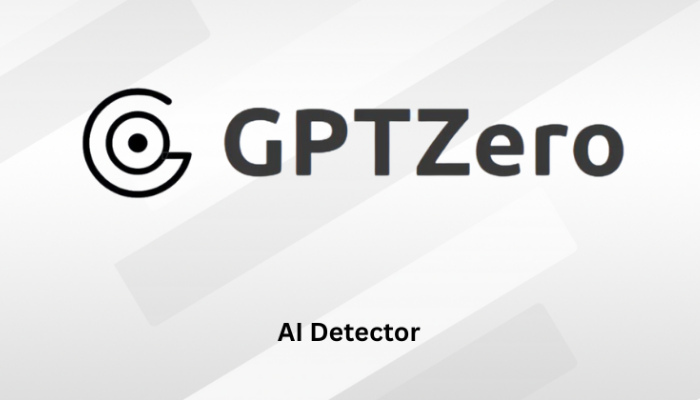
2. Phishing Detection
AI detectors analyze the content of e-mails, links, and the behavior of the sender to identify phishing attempts. These instruments would recognize suspicious patterns and alert users against the associated dangers before the event occurs. They would thus improve the possibility of personal and organizational safety against cyber-attacks and data breaches by detecting potential threats in real time.
3. Content Detection
AI detectors can assess the authenticity of content on a wide scale and proclaim the creation of original content. This would include differentiating human-written content vs. AI-generated text on blogs, articles, or academic work. These would encompass content creators, educators, or businesses needing these instruments for quality and being sure all published materials were ethical and professional.
4. Academic Integrity
AI detectors ensure academic honesty by investigating student submissions to identify artificial-intelligence-generated or plagiarized content. Hence teachers apply these tools for equitable treatment of students and adhering to the lecture standards. ByPinpointinghe unoriginal or machine-generated work will drive the students to take learning and creativity more seriously, hence instilling honesty among the educational institutions.
What Are the Best AI Detectors?
1. Originality.ai
Originality.ai is a trustworthy instrument that detects AI-generated and copied content. It covers various AI models and gives an accurate analysis of writers, educators, or those in businesses. This tool’s user-friendly interface and extensive reports make it remarkable for an individual’s maintenance of originality in academic and professional content while ensuring the meeting of content authenticity prerequisites.
Originality.ai
2. QuillBot’s AI Detector
QuillBot’s AI detector offers a free and simple way of analyzing text for its AI generation. Multi-lingual in coverage, it gives straightforward results and insight into the authenticity of the content. This is a very suitable tool for educators, students, and professionals in their quest to ensure originality in their quality of writing.
Surfer SEO
3. Scribbr’s AI Detector
The AI detector from Scribbr merges a plagiarism and AI content-checking tool into one. This free and premium service would be best for students, researchers, or professionals. It has a reputation for being very accurate and maintains the credibility of the content while revealing to the user whether the text is AI-generated or human-generated.
Scribbr
4. GPTZero
Instead, GPTZero is directed towards the very academic content usually created within one’s educational institutions. It easily identifies machine-written text always, thus helping schools and universities maintain their integrity in assignments, essays, and other documents. All its precision detection makes it a credible solution in the view of all academic professionals.
Selzy
5. ZeroGPT
ZeroGPT is a free and simple text analyzer that recognizes AI-influenced content. It identifies the measurable possibility of being an AI-generated text based on very clear-cutting insights. Thus, it’s a perfect tool for writers, businesses, and educators mainly interested in creating and then checking the originality of content effectively and efficiently.
Selzy
6. Hive AI Moderator
Hive AI, as a multi-purpose content moderation tool, detects AI-generated text, images, videos, and audio. It has therefore been used by many businesses to comply with and ensure content quality. This all-in-one platform is ideal for content management of different types and across various channels with precision.
Surfer SEO
7. Copyleaks
Copyleaks is an expert in AI and plagiarism detection, making it more than just 99% accuracy. It works in several languages and hence is the go-to tool for an educator, a business person, and a writer at large. With extreme technology, it ensures the contents are authentic and original in the context of academic, professional, and creative writing.
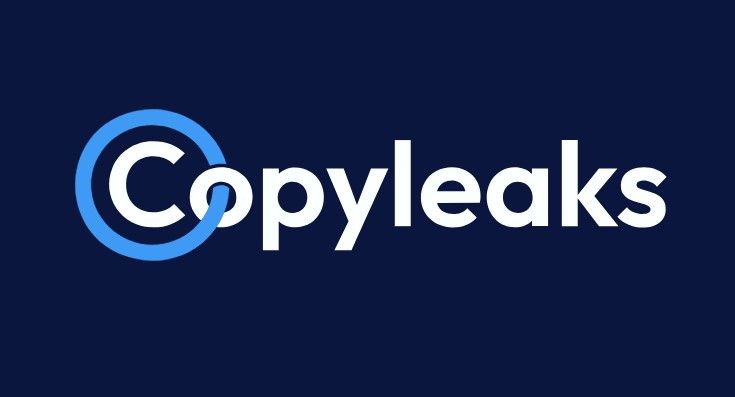
Wikipedia
8. Sapling
The sapling is an all-in-one AI and grammar-checking tool packaged with improvements to writing. It can determine whether the content produced is written by an AI system. Thus, it is a great tool for all types of writers, editors, or content generators trying their best to present faultless innovation across industries.
Scribbr
9. Smodin
A very straightforward yet very user-friendly AI detection tool created by Smodin is now available in multiple languages. It’s a great app for schools, students, authors, and companies alike, giving accurate insights and guarantees that the content is unique as well. Simple and easy makes it a brilliant solution for quick and reliable AI detection needs.
Selzy
10. Turnitin’s AI Checker
Turnitin checks the authenticity of academic work in the event of plagiarism and also has an AI content checker. Commonly found in schools and universities, it protects essays and research by ensuring they are highly authentic through very stringent criteria.
Surfer SEO
How to Choose an AI Detector — 7 Key Considerations
1. Select the AI Detector with the Most Accuracy
The most important thing you should consider when choosing an AI detector is accuracy. Choose detectors that use advanced algorithms along with comprehensive training data. An accurate detector does not leave the content produced by AI itself with high rates of false positives making all its results verifiable and trustworthy whether for academic or professional purposes.
2. Consider False Positive Rates
These are false positives when the text has been written by a human, but it will be identified as written by an AI. To avoid confusion and needless rejection of original works, select an AI detector that has a low false positive rate. A detector with low false positives is likely to result in excellent classification and fewer mistakes caused by frustration from the users.
3. Look for an AI Detector That Offers Transparency
Transparency in AI helps the users understand how the particular tool works. One has to select the detector, which reveals its detection methods, algorithms, and what data sources are used. Transparency makes one trust the result, making it acceptable and removing any paranoia concerning hidden biases or inaccuracies.
4. Check User Reviews
It is the actual user reviews that attest to the efficacy or otherwise of an AI detector. Read reviews on the detector’s efficiency, usage, and reliability. Positive user feedback can endorse tool performance, whereas negative feedback can inform you of possible pitfalls, thus enabling a more informed decision.
5. Review the Pricing and Features
Consider both the cost and features of the AI detector. Some tools offer a free version, but in limited capacities, while others provide everything at premium pricing with more accurate results and better support. Ensure the detector gives appropriate capabilities at a budget price right for your needs.
6. Exceptional Customer Support
Good customer support is important in using AI detectors. Choose a tool that has reachable, responsive, and interactive support channels for problems, advice, and resolution. Exceptional customer service will help ensure that you can work on the tool without delays or complications when having questions about technology or use.
7. Test and Compare
You will have to run several AI detector tests after which you will select one. Determine if the tools can be able to detect effectively, how well they are used, as well as other features of the system. Testing mobile options allows you to understand the strengths and weaknesses of each tool better before deciding on the best one that suits your needs.
Challenges and Limitations of AI Detectors
Detection of AI could be labeled as one of the most beneficial technologies created by mankind; however, it does have its limitations. Several major issues become hurdles concerning its application:
1. Constant Evolution of AI
However, the advances in artificial intelligence technology are complemented by the emerging techniques used in systems for generating AI content. Therefore, AI detectors must be kept updated and made even better. The fast-moving development of AI makes it difficult for detectors to keep on their toes, leaving room for the occurrence of false negatives or false positives.
2. False Positives and Negatives
AI detectors are not flawless and will sometimes mislabel human-created content as AI-produced (false positive) or fail to identify AI-created content (false negative). Such events could be due to the complexity and diversity of human writing but may also occur through improved AI systems. Therefore, detection would not be expected to yield totally 100% results.
3. Ethical Concerns
Ethical aspects have to be thought of in creating, monitoring, or regulating online content automated way. For example, too much reliance on AI detection tools might warrant the undesired silencing or unjust removal of original content. Finding the right balance between detecting unwanted AI content and the freedom of expression is an ongoing battle.
The Future of AI Detectors
The progressive AI technology has also done some research in the field of AI detection. Such future improvements in the machine-learning algorithms may be courtesy of great features that can overcome ambiguities in content as well as facilitate a sophisticated understanding of AI behaviors across various spectra.
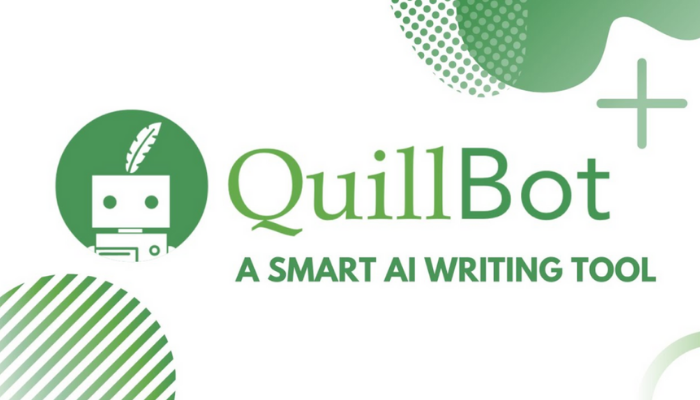
In addition to that, AI detectors could finally prove to be a part of the automated systems for easy integration into content moderation services by companies or organizations to authenticate and keep their integrity with users’ cost-effectiveness.
Conclusion
AI detectors serve a very vital role in identifying as well as managing the usage of artificial intelligence in content creation. This includes detecting deepfakes and academic dishonesty, which makes these tools indispensable in ensuring the authenticity and reliability of information in a world where AI is increasingly influential.
However, the challenges of evasion techniques and the fast pace of AI development require constant evolution of detectors to stay effective. The change will continue with AI development, making AI detectors crucial to ensuring trust and integrity within a sector.

